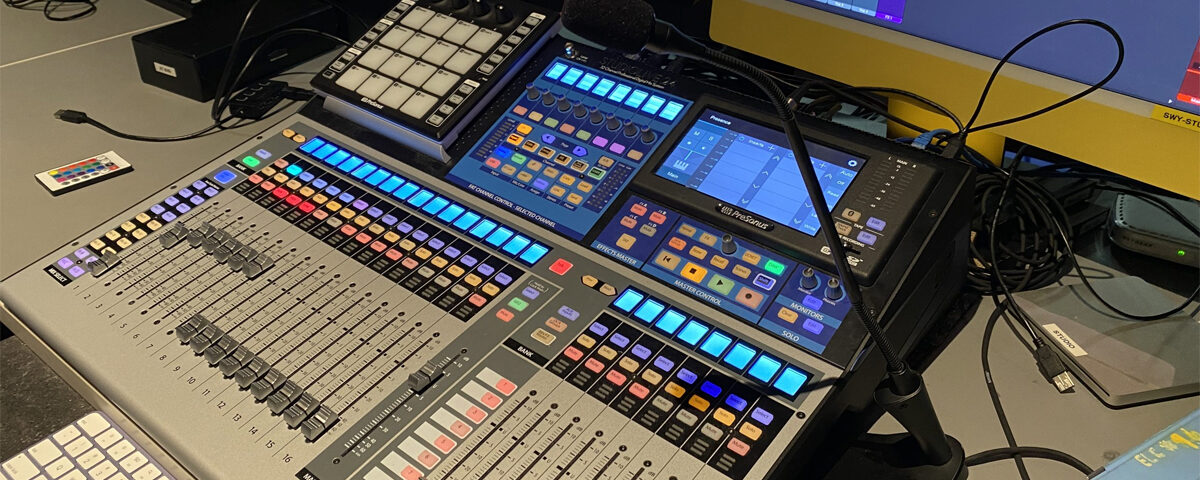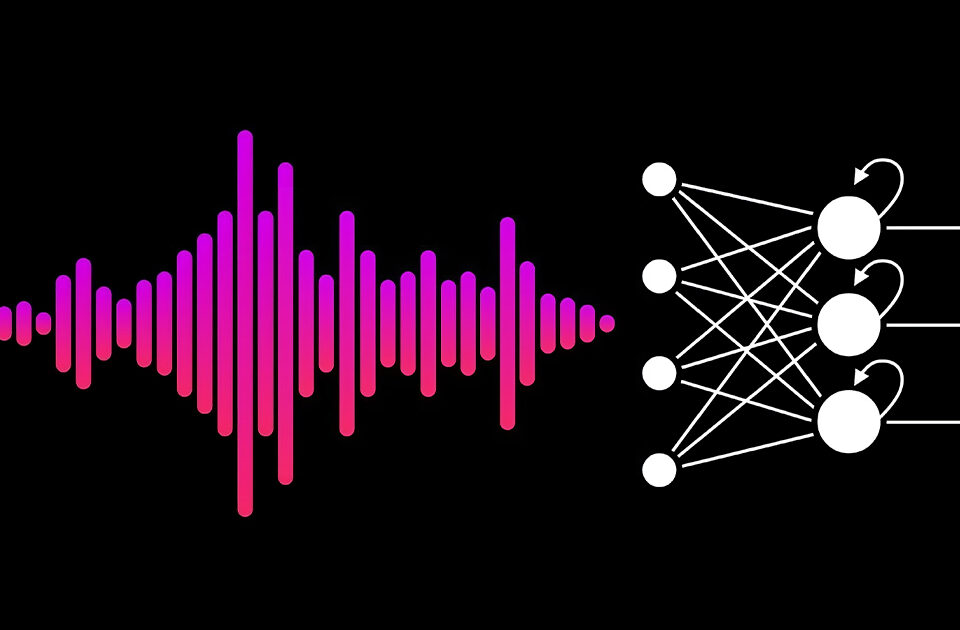Multitrack Recording – An Art of Harmonious Blend
Multitrack recording is a revolutionary technique in the realm of audio production, allowing artists and engineers to capture and edit multiple audio sources simultaneously. It has transformed the music industry, enabling musicians to create intricate compositions and produce richly layered soundscapes. This article delves into the fascinating world of multitrack recording, exploring various aspects such as track management, mixing techniques, automation, and bussing.
Track Management
In multitrack recording, track management plays a pivotal role in organizing the audio sources effectively. Each audio source is assigned to a separate track, allowing for independent processing and manipulation. This arrangement grants immense flexibility during the mixing and editing stages. By segregating instruments, vocals, and other audio elements into distinct tracks, engineers can easily modify individual components without affecting the overall composition.
Mixing Techniques
The art of mixing is the heart and soul of multitrack recording. It involves blending the individual tracks harmoniously to create a cohesive and balanced sound. Engineers utilize various techniques to achieve this, such as panning, equalization, compression, and effects processing. Panning involves positioning the audio sources across the stereo field, creating a sense of width and depth. Equalization helps sculpt the tonal balance of each track, ensuring that instruments occupy their respective frequency ranges without clashing. Compression controls the dynamic range of tracks, smoothing out inconsistencies in volume levels. Additionally, effects processing, including reverb, delay, and modulation, adds depth, space, and character to the overall mix.
Automation
Automation is a powerful tool in multitrack recording, allowing engineers to control various parameters over time. It empowers them to create dynamic and expressive mixes. With automation, parameters like volume, panning, EQ, and effects can be precisely adjusted at different points in the song. For example, an engineer can automate a gradual increase in volume during a chorus to enhance the impact or create a fade-out effect at the end of a track. Automation grants artistic control and ensures that every moment in a composition receives the attention it deserves.
Bussing
Bussing refers to the technique of grouping multiple tracks together and processing them collectively. It simplifies the mixing process, particularly when applying similar effects or adjustments to multiple tracks. By sending multiple tracks to a bus, engineers can control the collective processing of those tracks as a single unit. This approach not only saves processing power but also helps create a cohesive sonic character across related elements. For instance, all drum tracks can be sent to a drum bus, where common processing like compression or EQ can be applied. Bussing provides efficiency and consistency in multitrack recording.
Challenges and Considerations
While multitrack recording offers immense creative possibilities, it also presents challenges that engineers must navigate. One such challenge is phase cancellation, which occurs when audio signals from different tracks interfere with each other, resulting in a loss of clarity and volume. Engineers employ phase-correction techniques, like time alignment and phase inversion, to mitigate this issue. Another consideration is maintaining proper gain staging to prevent distortion and noise. By carefully managing input and output levels throughout the recording and mixing process, engineers can achieve optimal sound quality.
Summary
Multitrack recording has revolutionized the music industry, empowering artists and engineers to create complex and captivating compositions. Through effective track management, skillful mixing techniques, automation, and bussing, multitrack recording opens up a world of sonic possibilities. However, it is important to navigate the challenges that come with this technique, such as phase cancellation and gain staging. By understanding and mastering the art of multitrack recording, one can unlock the full potential of audio production and create truly immersive musical experiences.


